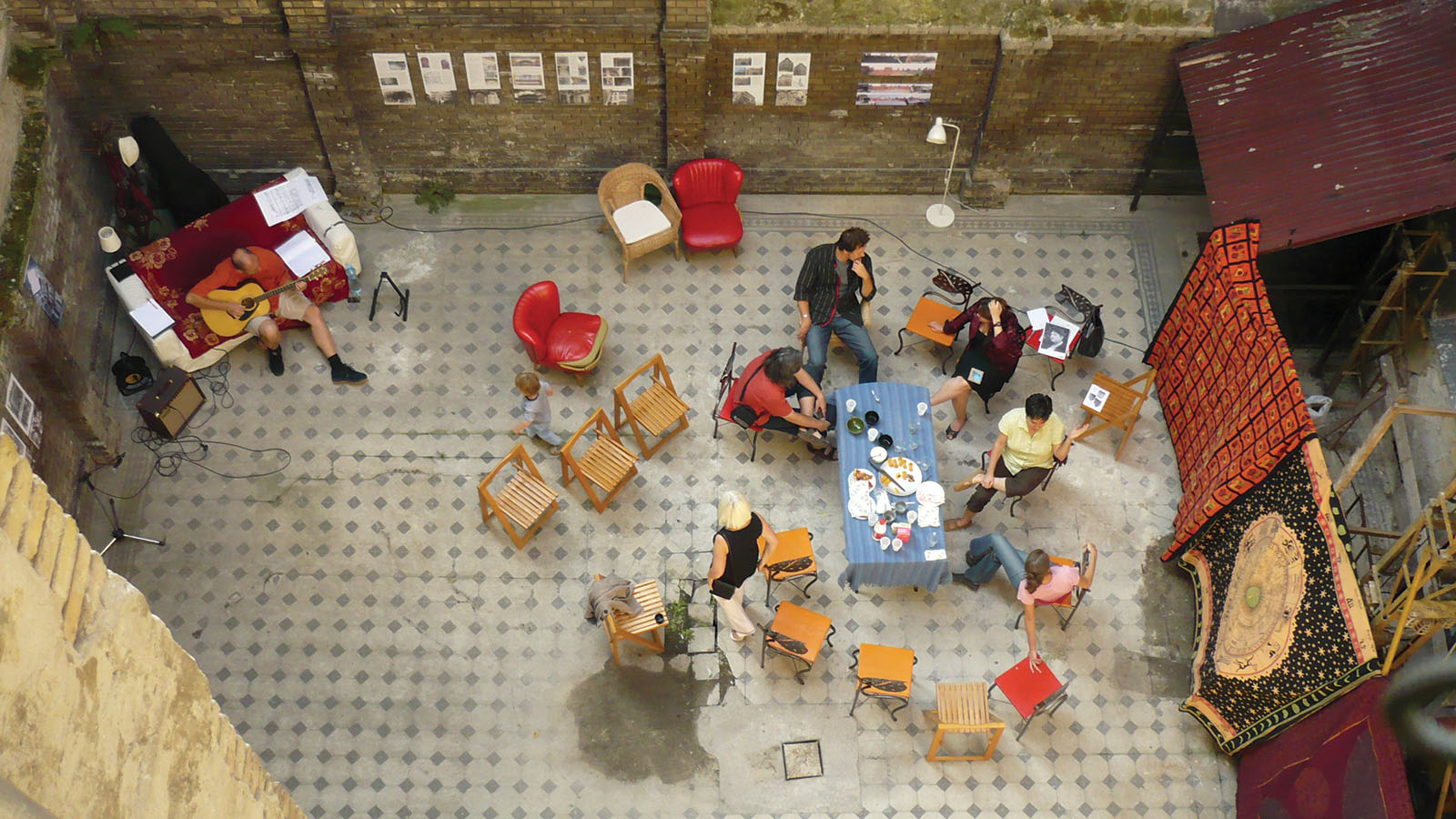Downloads
DOI:
https://doi.org/10.7480/spool.2016.2.1393Abstract
The presented strategy reflects on the theme of sustainable urban regeneration, focusing on the importance of the role of public spaces in creating liveable cities. The theoretical background of the strategy deals with the changes taking place in the fields of public art and urban rehabilitation methodologies. The parallel drawn between the evolvement of the two fields leads to the introduction of a method which integrates public art interventions into the process of urban rehabilitation. Public art interventions become platforms that enable people to take an active role in creating and forming their future, and enable future landscape/public space design elements to become more site-specific and unique.
How to Cite
Published
License
Copyright (c) 2020 SPOOL

This work is licensed under a Creative Commons Attribution 4.0 International License.

References
Bourriaud, N. (2002). Relational Aesthetics. Dijon, France: Les presses du réel.
Carmona M., Magalhaes C., Hammond, L. (2008). Public Space - The Management Dimension. New York, NY: Routledge.
Carr, S., Francis, M., Rivlin, L.G., Stone A.M. (1992). Public Space. Cambridge, United Kingdom: Cambridge University Press.
Cresswell, T. (2004). The Genealogy of Place, Place: A Short Introduction. London, United Kingdom: Blackwell Publishing.
Deutsche, R. (1996). Uneven Development: Public Art in New York City. In: Evictions, Art and Spatial Politics. Cambridge, MA, London, United Kingdom: The MIT Press. Retreived from: https://courses.marlboro.edu/pluginfile.php/45112/mod_page/content/46/Deutsche,%20Uneven%20Development.pdf
Finkelpearl, T. (2001). Dialogues in Public Art. Cambridge, MA, London, United Kingdom: The MIT Press.
Heidegger, M. (1954). Building Dwelling Thinking. Retrieved from: http://faculty.arch.utah.edu/miller/4270heidegger.pdf
Hopkins, J. (2005). Music-makers and the Dreamers of Dreams. In: Harvey, S., Fieldhouse, K. (eds.) The Cultured Landscape, Designing the Environment in the 21st Century. New York, NY: Routledge.
Kester, G. (2004). Conversation Pieces, Community and Communication in Art. Berkeley, L.A., London, United Kingdom: University of California Press.
Kwon, M. (2004). One Place After Another, Site Specific Art and Locational Identity. Cambridge, MA, London, United Kingdom: The MIT Press.
Malcolm, M. (1997/2000). Art Space and the City – Public Art and Urban Features. New York, NY: Routledge
O’Neill, P.& Doherty, C. (2011). Locating the Producers - Durational Approaches to Public Art. Amsterdam, Netherlands: Valiz Antennae.
Tornaghi, Ch. (2007). Questioning the social aims of public art in urban regeneration initiatives. The case of Newcastle upon Tyne and Gateshead (UK). Post-doctoral research paper. Retrieved from: http://www.ncl.ac.uk/guru/assets/documents/EWP42.pdf
Waldheim, Ch. (2006). Landscape as Urbanism. In: Waldheim, Ch. (ed.) The Landscape Urbanism Reader. New York, NY: Princeton Architectural Press.
What is place-making? (2016, September 10). Retrieved from http://www.pps.org/reference/what_is_placemaking/



